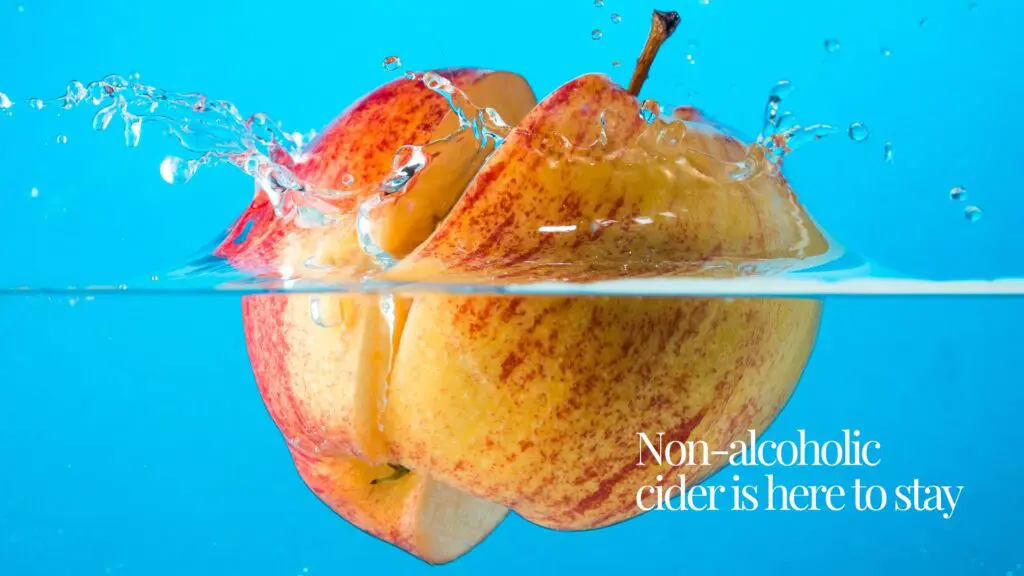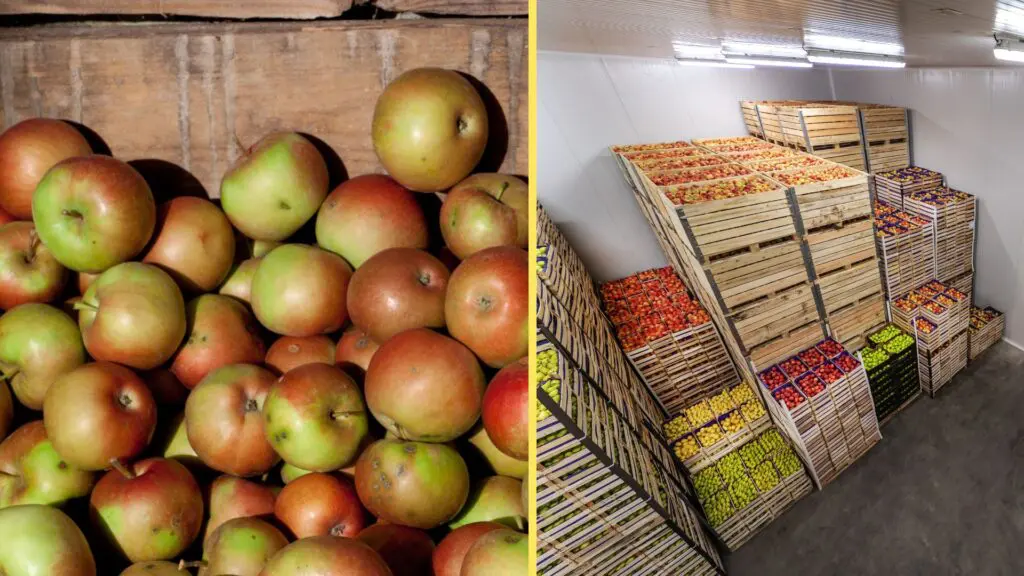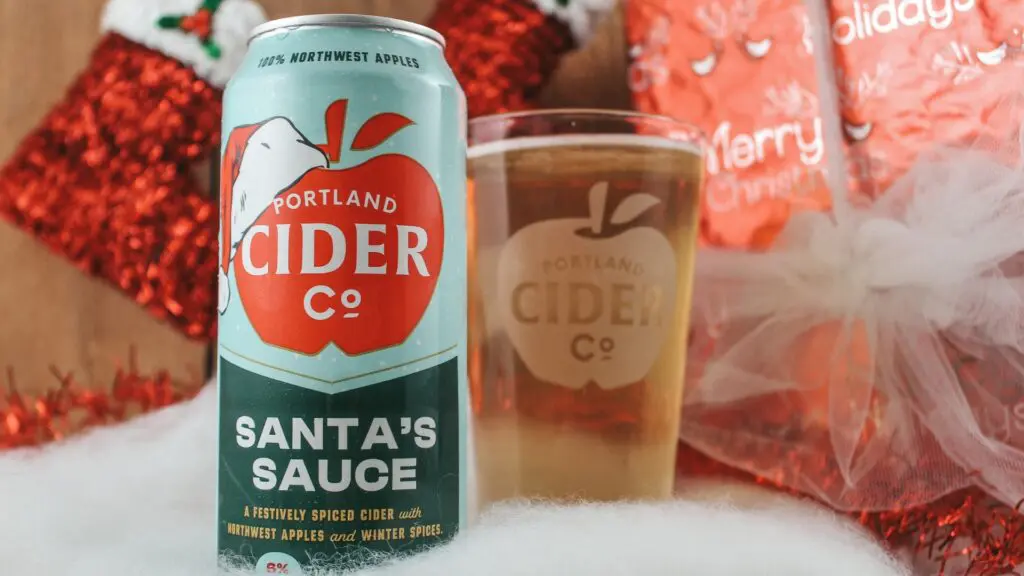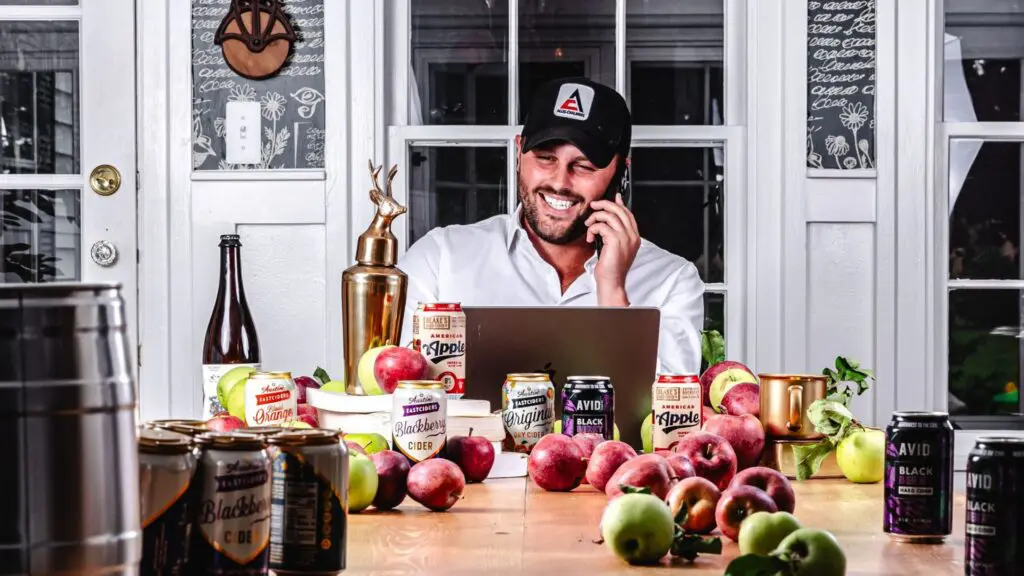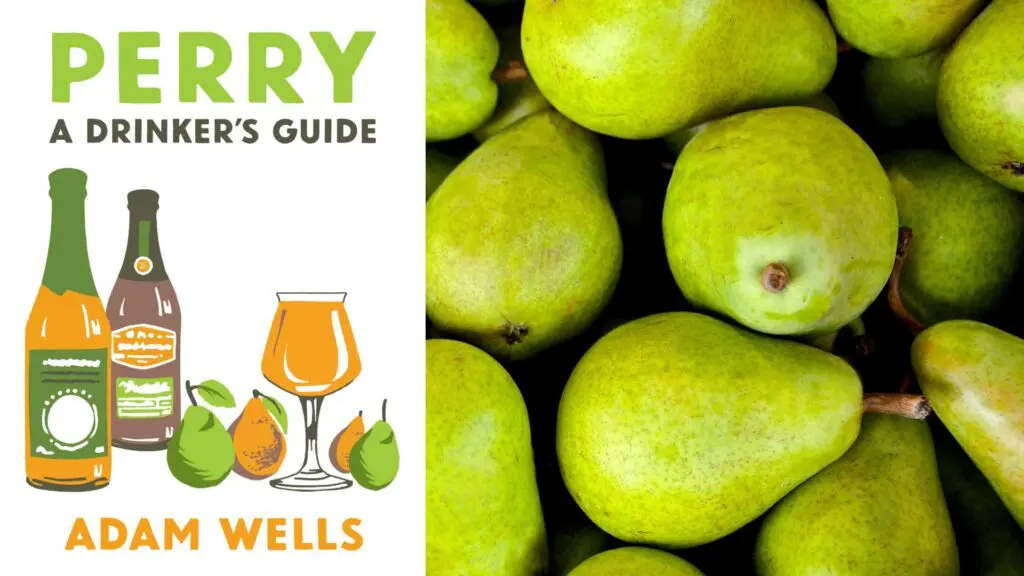Apple Tales with Darlene Hayes
This is a tale about a group of apples that is not very familiar to most people: crabapples. Throughout history, they’ve been thought of as thoroughly hard, sour, astringent, bitter and unpleasant to eat — mostly because they were. Due to the apple’s complex genetics, planting one from seed can be kind of a crap shoot; you never know if you’ll get something tasty, boring or downright inedible. Wild apple species are more likely to have fruit that falls into the inedible camp, so until scientists started the process of sorting apples into distinct, well-defined groups, any apple planted from seed was thought of as both wild and a crab.
Modern scientists define crabapples by their small size — typically apples of less than two inches across — although the connection to wildness hasn’t completely disappeared. Many of the apples falling into the small category are descendants of wild Malus species, that is, something other than our domesticated apples, M. x domestica. The connection with tartness and/or astringency has also stayed with crabapples, though each variety has more or less of one or the other.
As a group, crabapples have much to recommend them. They tend to be very hardy, which has endeared them to people living in less than ideal growing environments. They are also useful as pollinators in orchards of domestic apples, which are often not self-fertile. Their “crabby” nature has also made them useful for canning and jelly-making, and for cider. Modern cidermakers are embracing crabapples once again, using them to give a lift of acid or tannin to blends and sometimes fermenting them as single varieties. Here we’ll look at three of them: Columbia, Kerr and Manchurian.
Columbia Crabapple
Columbia is a hybrid between the wild species M. baccata (aka Siberian Crab) and a domestic apple, Broad Green. It was bred by Willam Saunders (1836-1914), founding director of a group of government-sponsored experimental farms established in several Canadian provinces in the 1880s, though his own work took place on the farm in Ottawa, Ontario. He began, in 1894, by planting seeds of M. baccata that he’d gotten from the Imperial Botanic Gardens in St. Petersburg, Russia. (It made sense to use apples that were known to grow well in cold places as breeding stock.) In his report on the work, Progress in the Breeding of Hardy Apples for the Canadian Northwest (1911), Saunders noted that M. baccata grew abundantly on the shores of the Baikal Sea, where temperatures typically range from a high of 57F to a low of -2F. Columbia’s pollen parent, Broad Green, was also Russian, coming to North America in a shipment of scions sent in 1879 from the Akademi Petrowskoe Rasumowskoe near Moscow to the Iowa State Agricultural College.
Saunders was not just looking for hardiness, disease resistance and good flavor, but also larger size. At 1.8 inches (4.5 cm), Columbia was the largest of the crabs in the group first released to the public and quite a bit larger than M. baccata, which is about the size of a large garden pea. He described it as a very strong grower and fair bearer, red with stripes and dots of a deeper shade, juicy and subacid with a pleasant flavor and slight astringency.
Kerr Crabapple
Kerr is another Canadian apple, bred at the experimental farm near Morden, Manitoba. Canada’s western prairies are particularly harsh, dry and windy, as well as cold. They were also largely treeless until Europeans moved in. This crabapple is named for the scientist that made the original cross, William Leslie “Les” Kerr (1902-1986), using apples from seedlings sent from the experimental farm in Ottawa in 1916. (Kerr wasn’t at Morden long, just a year or two before moving on to become the superintendent of the Sutherland Dominion Forest Nursery Station near Saskatoon, Saskatchewan, with the mandate to not only test and develop hardy agricultural plants, but ornamentals and trees that could act as windbreaks and make the western prairies a little less bleak.)
Released commercially in 1952, the crabapple Kerr created has a more complicated pedigree than Columbia. One of its parents was Dolgo crab, a variety imported from Russia in the late 19th century. Dolgo’s grandparents on one side were believed to be two wild species, M. baccata (which seems to get around) and M. prunifolia; the other part of its pedigree is a mystery. Kerr’s pollen parent was the domesticated variety Haralson (parents: Malinda and Wealthy), introduced by the University of Minnesota in 1922 as part of their efforts to breed hardy apples.
Kerr crab is hearty enough to be grown in Alaska and, like Dolgo, it can make some very good cider. I’ve only come across one single variety Kerr so far, which seems like a shame. I suspect that it isn’t grown much in the U.S., as Eden Ciders (see below) sourced their apples from Quebec, something that was a near impossibility during the recent pandemic-related shut downs.
Manchurian Crabapple
Unlike Columbia and Kerr, Manchurian Crab is not a hybrid, but a species of Malus in its own right. Native to Japan, Korea and northeast Asia, M. mandshurica, its botanical name, was probably first collected and described in Western literature by the Russian horticulturalist Carl Johann Maximowicz (1827-1891). Maximowicz spent five years exploring China, Korea and Japan, studying the unique flora and collecting samples before returning to St. Petersburg to work at the Imperial Botanical Gardens, becoming its director in 1862.
There is no record of just when Manchurian Crab arrived in North America, but it is easy to imagine that it was in one of the several shipments of seeds and scions sent from St. Petersburg to the Iowa State Agricultural College starting in 1875. Records at the Arnold Arboretum at Harvard University show that they received M. mandshurica from Iowa in both 1883 and 1885. It is still grown there today, one of the first crabapples to bloom in the spring.
Manchurian Crab’s showy, fragrant blossoms are what recommends it to most, though it is used as a mid-season pollinator in orchards across the United States. It does not appear to have been used much for breeding, although for the last 100 years or so, M. mandshurica was assumed to be a variety of M. baccata rather than a distinct species, so it is rather hard to tell from the records. It’s quite small by apple standards, making harvest a challenge, but the results seem to be worth it.
All the ciders I tried had the bracing high acidity that you’d expect from crabs, which has allowed for some very elegant aging, especially in the two Kerr Crabs, which six and seven years from harvest still showed plenty of intense primary fruit. Each crabapple could be distinguished from the others: stone fruit in the Kerrs and orange notes in the Manchurians, for example. There were also notable differences in astringency with little to none in the Columbia Crab ciders and moderate amounts in the Manchurians.
Liberty Ciderworks, Columbia Crab – Spokane, Wash.
Dry; quince, green apple, pear, nutmeg, oregano, lemon; sparkling
2016 | 7.3% ABV
Dragon’s Head Cider, Columbia Crab – Vashon Island, Wash.
Semi-dry; green apple, lemon, thyme, bay leaf, nutmeg, pear; sparkling
Undated | 6.7% ABV
Dragon’s Head Cider, Columbia Crab – Vashon Island, Wash.
Semi-dry; green apple, quince, lemon, marjoram; sparkling
Undated | 7.4% ABV
Eden Ciders, King of the North (Kerr Crab) – Newport, Vt.
Semi-dry; candied lemon, golden raisin, almond, pear, dried peach, rose violet, plum, fresh Gravenstein apple; sparkling
2015 | 6.5% ABV
Eden Ciders, King of the North (Kerr Crab) – Newport, Vt.
Semi-dry; lemon, yellow apple, pear, yellow plum, golden raisin, orange; sparkling
2016 | 6.5% ABV
Dragon’s Head Cider, Manchurian Crab – Vashon Island, Wash.
Semi-dry; yellow apple, lemon, pear skin, plum skin, cardamon, fennel; sparkling
Undated | 6.9% ABV
Haykin Family Cider, Manchurian Crab – Aurora, Colo.
Semi-sweet; rose, orange blossom, baked apple, sweet spice, orange rind, lemon; sparkling (apples grown in Yakima, Wash.)
2017 | 7% ABV
Ploughman Cider, Manchurian Crab – Aspers, Pa.
Semi-dry; lemon, yellow apple, plum skin, orange rind, fennel; sparkling
2017 | 10% ABV
Big Hill Ciderworks, Manchurian Crab – Gardeners, Pa.
Dry; twigs, orange zest, tart plum, lemon, sour orange, cranberry, pear, just ripe nectarine; sparkling (blended with a small amount of Winchester apple)
Undated | 8.2% ABV
A longer form of this article first appeared at allintocider.com.


